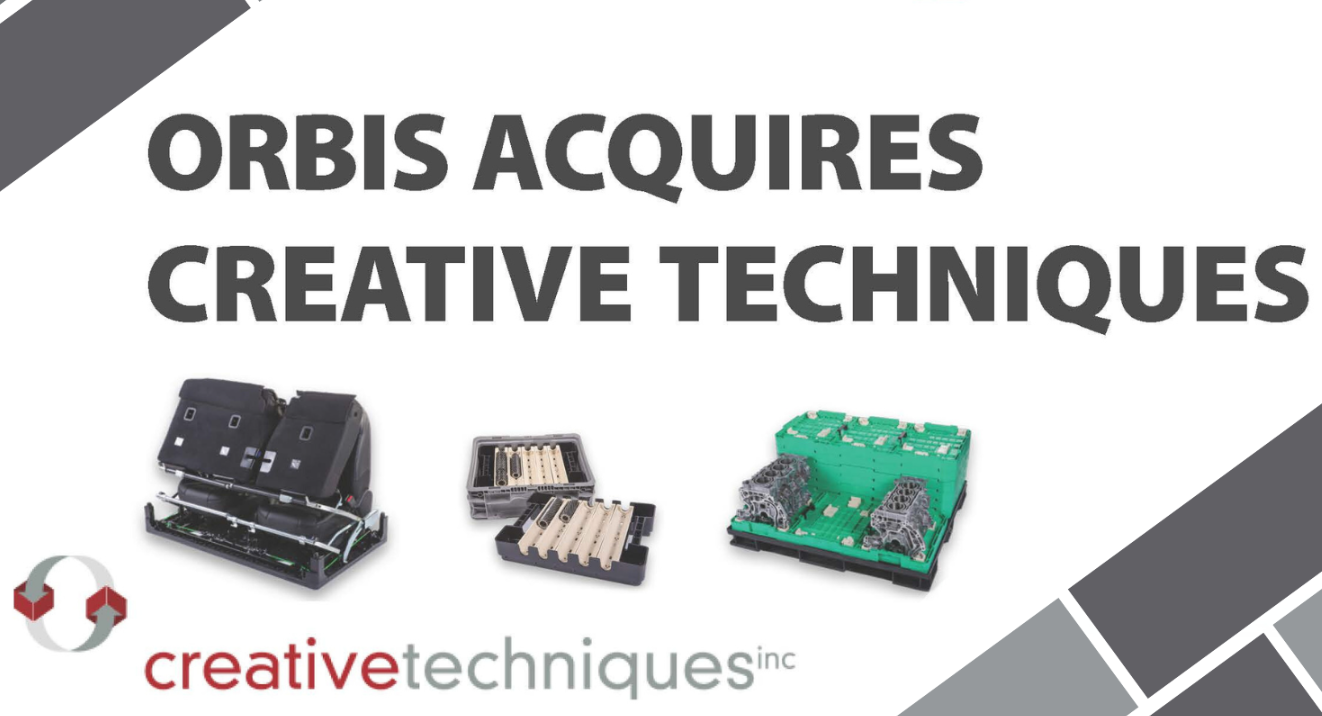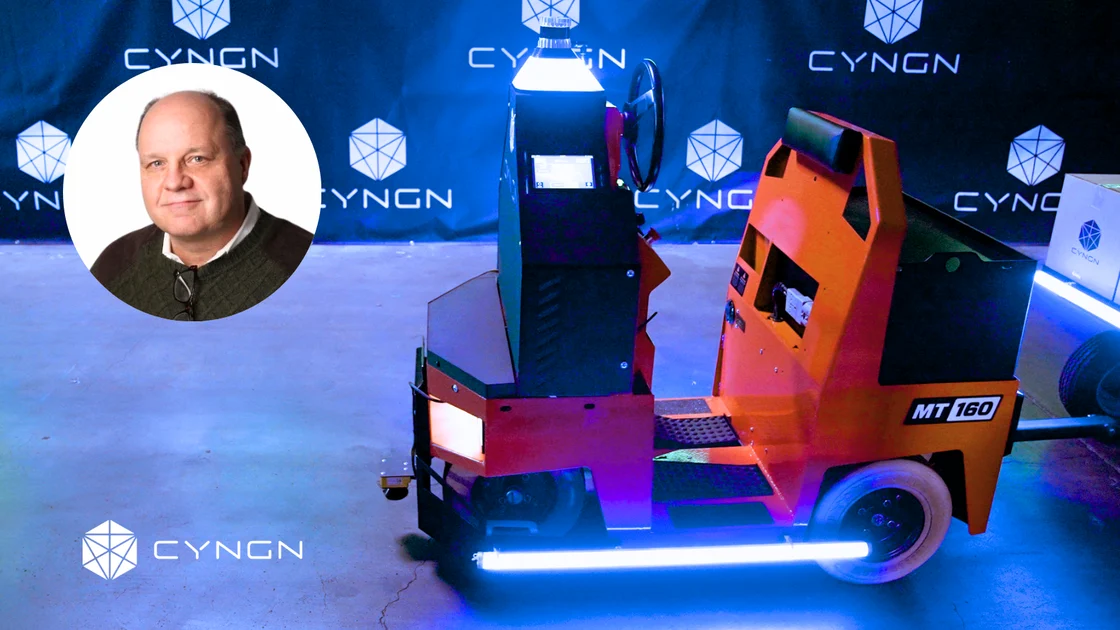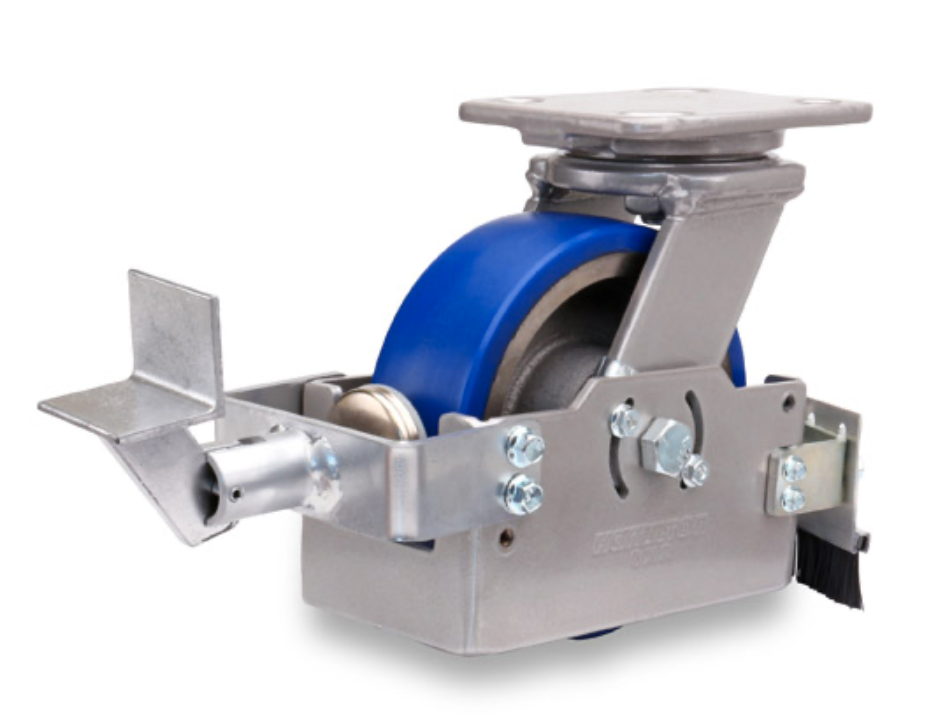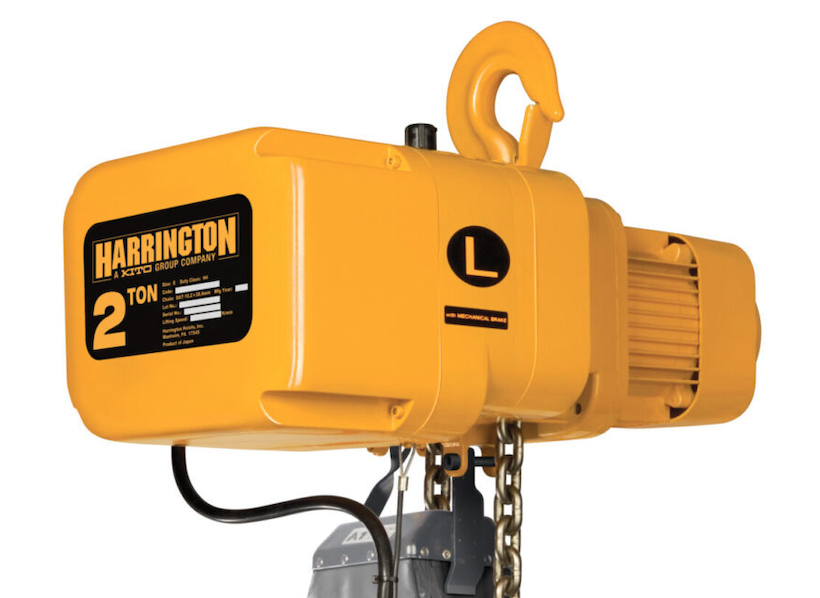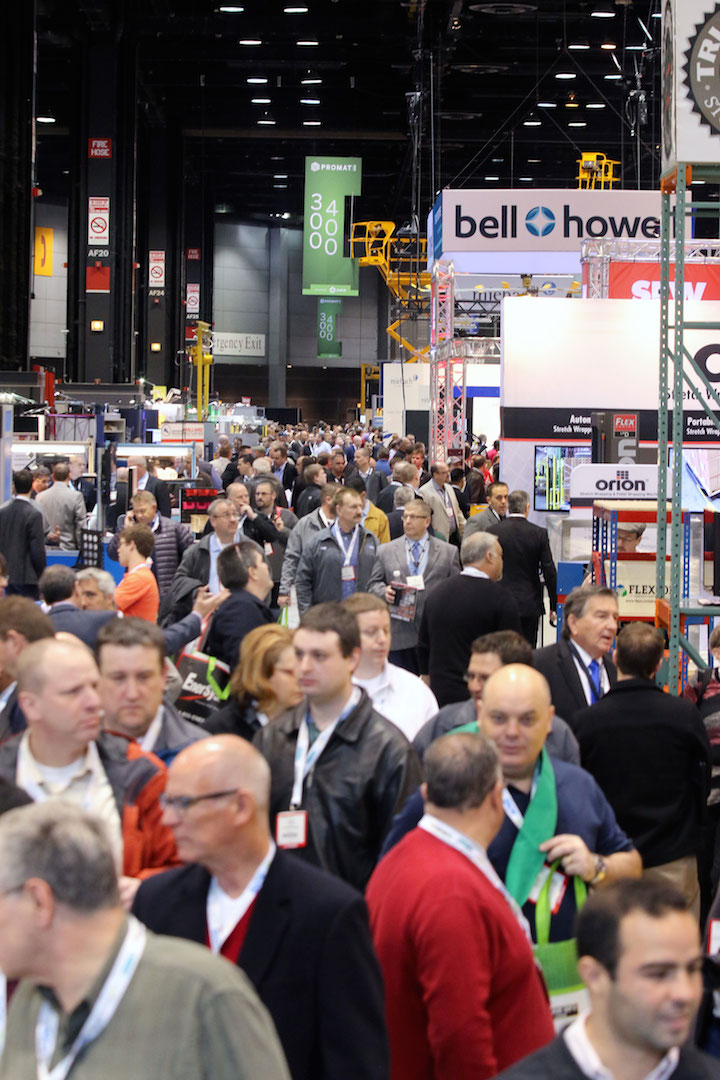CMAA Revises Specification for Services Performed on Overhead Lifting Equipment
The leading authority on overhead lifting equipment, Crane Manufacturers Association of America (CMAA), has revised its Specification No. 78 titled Standards and Guidelines for Professional Services Performed on Overhead and Traveling Cranes and Associated Hoisting Equipment.
CMAA is an independent incorporated trade association affiliated with MHI. Its specifications are widely acclaimed and the revised version of Specification 78, in addition to other CMAA documentation, has been greeted by much fanfare from industry.
The specification is divided into six sections covering, general information; technical qualifications; jobsite safety guidelines; crane inspection and maintenance; genuine OEM (factory) parts; and crane service classifications.
CMAA representative Dan Beilfuss said: “Spec 78 was written with a primary purpose to recognize overhead traveling crane service and the service for associated hoisting equipment, as an industry worthy of having guidelines and standards for providing high quality, professional services performed by safety-minded, manufacturer-trained and certified technicians.”
The specification contains several revisions to a document originally published in 2002. CMAA has added a minimum number of hours of relevant work experience required for crane service technician qualifications. Similarly, it has added a minimum number of hours of work experience as a crane service technician required for crane inspector qualifications.
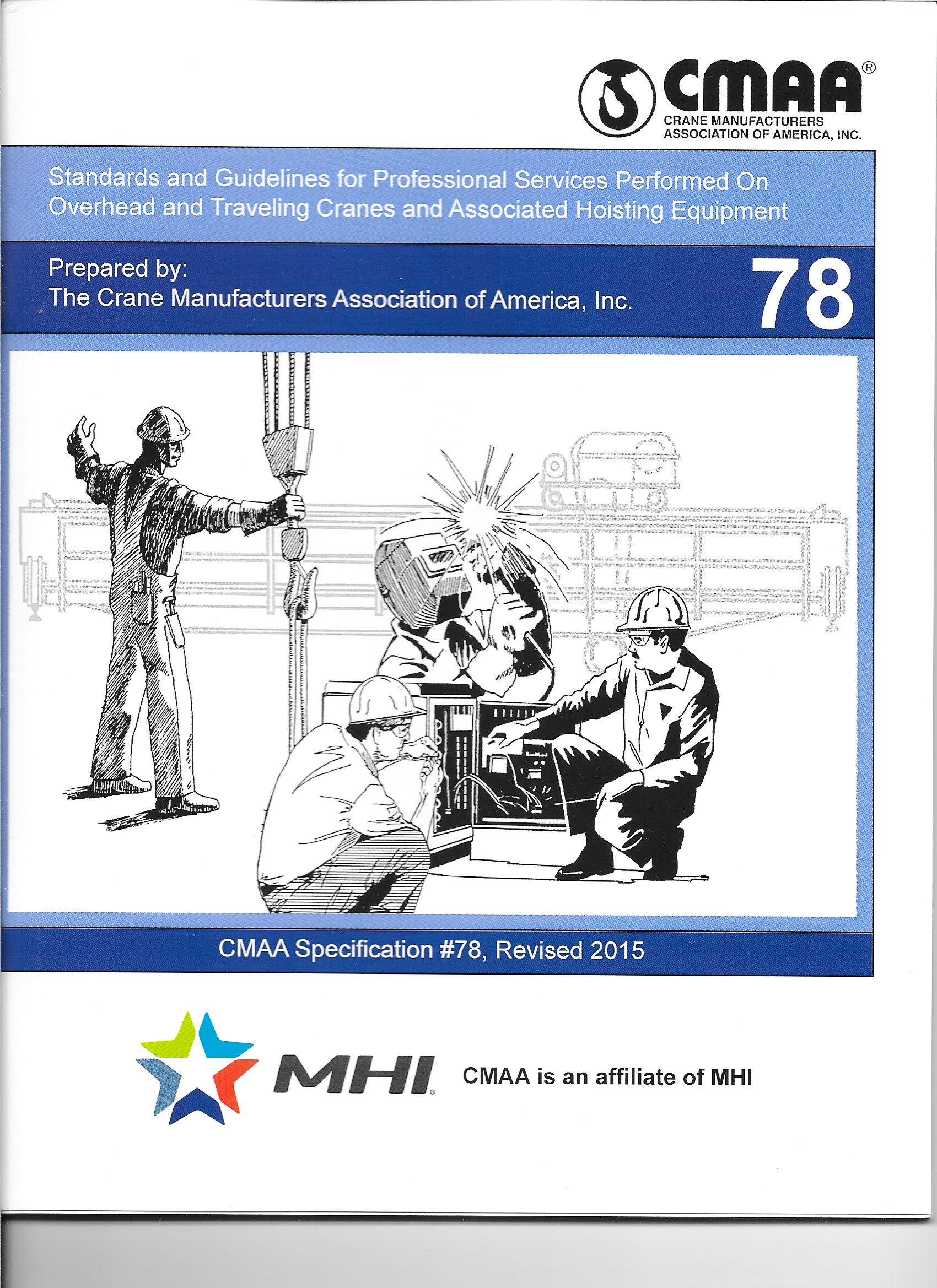
The Specification No. 78 front cover includes a title, date of revision, relevant illustrations plus CMAA and MHI logos.
Both of these roles now require a measureable amount of related work experience rather than a subjective statement, Beilfuss explained. For example, a crane technician and crane inspector should have a minimum of 2,000 hours of relevant work experience and training related to maintaining, inspecting, servicing, repairing and modifying cranes.
CMAA has also added a new table that shows a thorough list of pre-shift inspection items; added a root cause analysis chart in section five that will help guide readers through a process to analyze and take corrective action to reduce equipment failures; and added appendices for illustrations of double and single girder cranes in addition to the CMAA runway alignment chart from Specification Nos. 70 and 74.
The easy-to-navigate contents page gives readers the ability to find new and existing information to support their knowledge. Nowhere else can overhead traveling crane and hoist professionals get access to such comprehensive data compiled by leading authorities and manufacturers.
For more information visit www.MHI.org/CMAA


